bio lab types of cells
1/16
There's no tags or description
Looks like no tags are added yet.
Name | Mastery | Learn | Test | Matching | Spaced |
|---|
No study sessions yet.
17 Terms
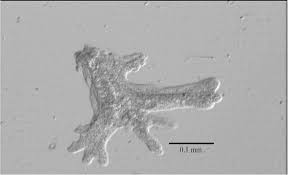
what is it? type of cell? Where is it found?
Amoeba w/pseudopodia (unicellular) (pond)
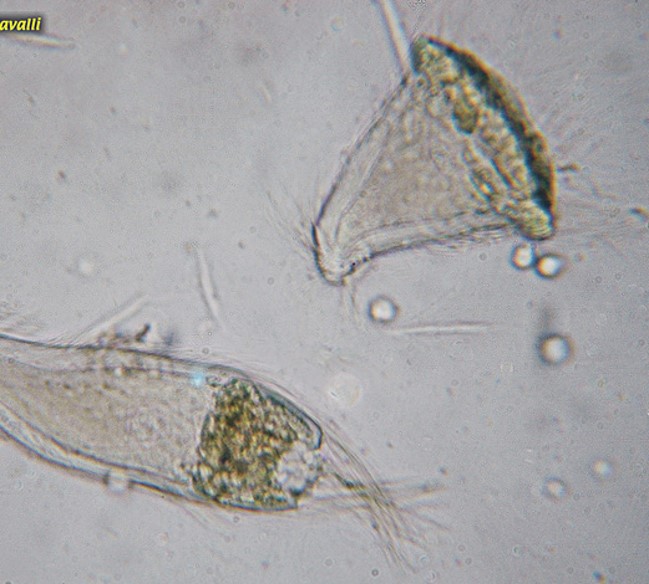
Triconympha with flagella (gut of termite) (unicellular)
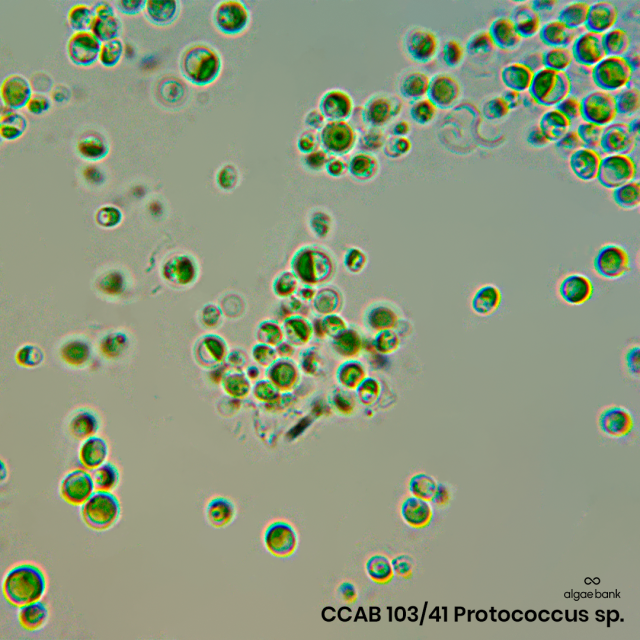
protoccocus w/ cell wall (moss) (aggregate)
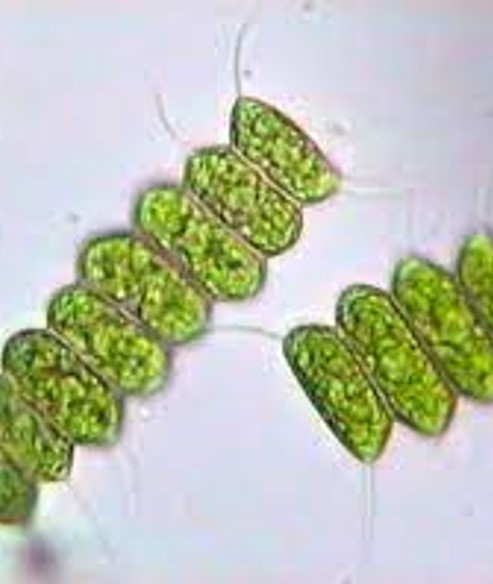
scendesmus w/spines (pond) (simple colony)
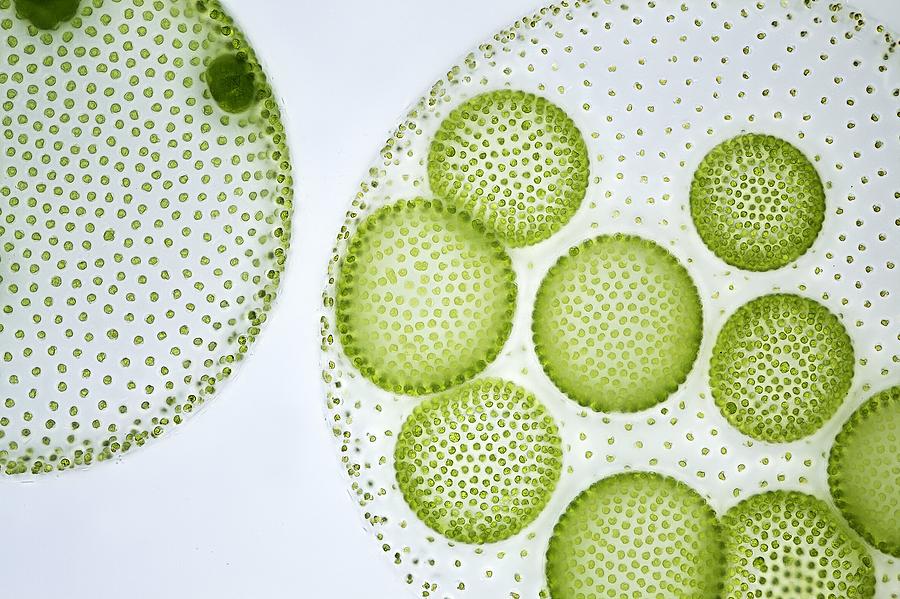
volvox (algae) (daughter colony) (complex colony)
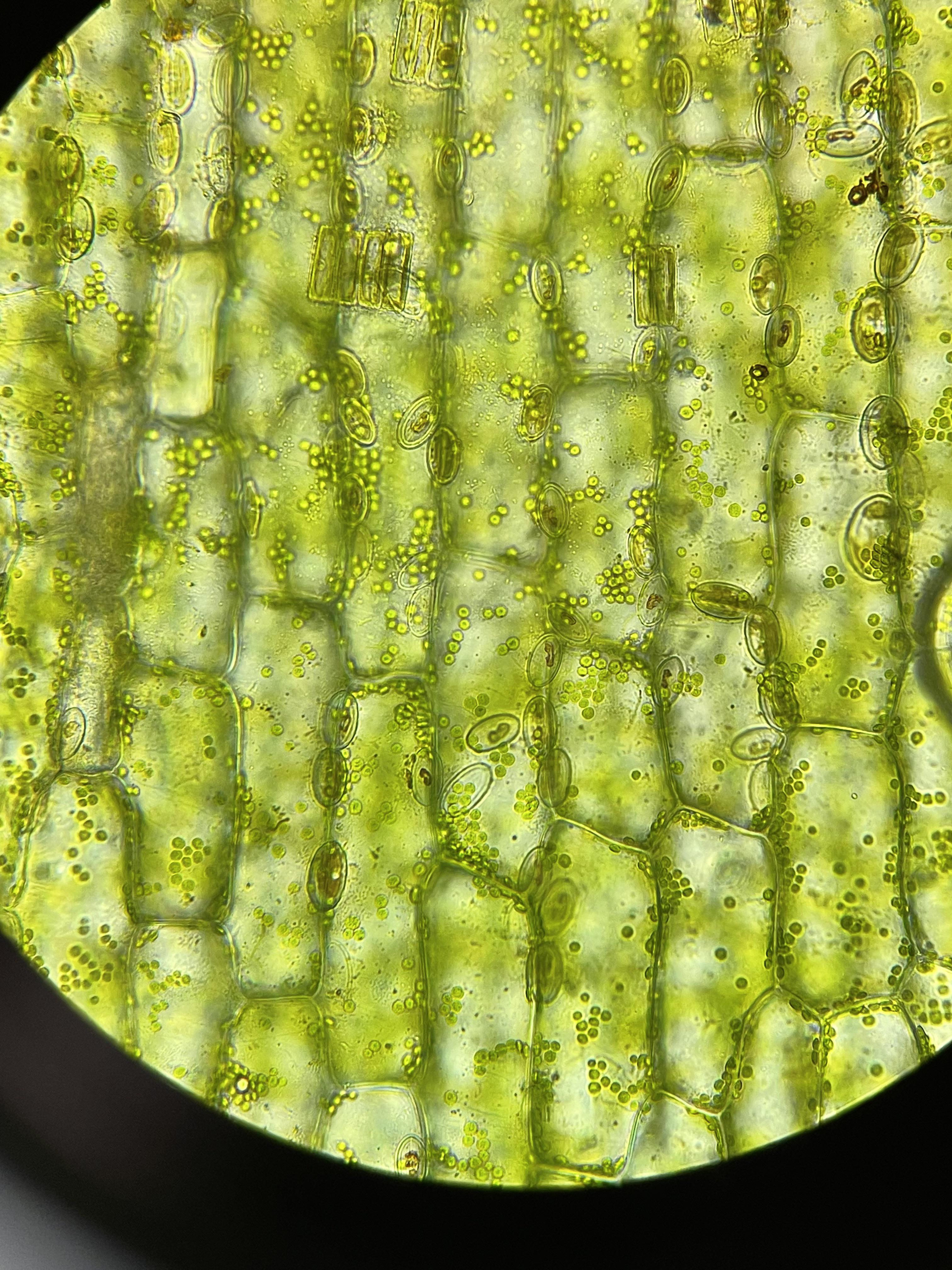
Aquatic Plant (multicellular)
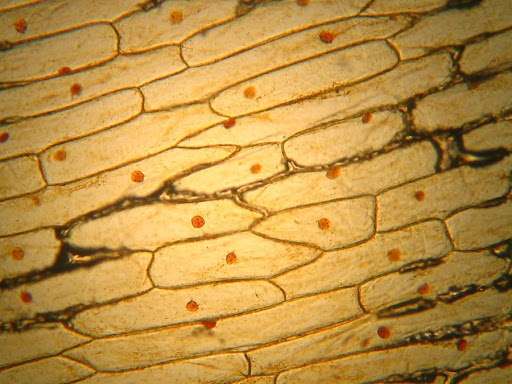
onion cell (multicellular)
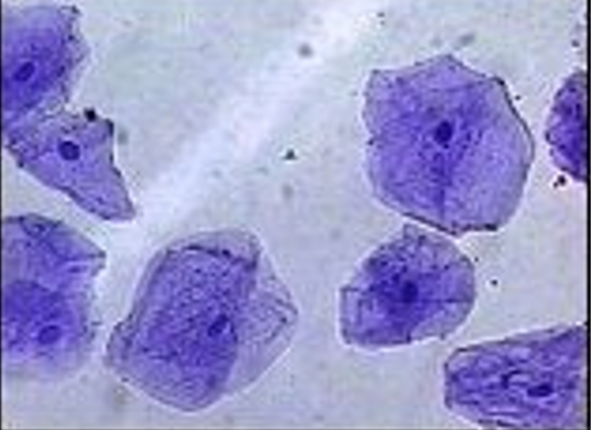
cheek cell (epithelial) (multicellular)
what is in plant cell, but not animal cell?
chloroplast, cell wall, central vacuole
what is in animal cell, but not plant cell
lysosome, peroxisode, centriole
heterotrophic
cells that obtain energy by consuming organic substances
autotrophic
Organisms that produce their own food through processes like photosynthesis or chemosynthesis, using light or chemical energy.
Steps of the scientific method
1) Observations and questions
2) Hypothesis
3) Prediction
4) Experiment
5) analyze results and state conclusion
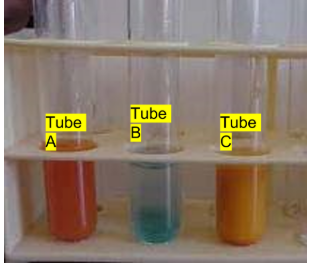
what test is this? What is it testing for? What color does it turn if +
Benedicts test for reducing sugars, , turns red/yellow, uses copper
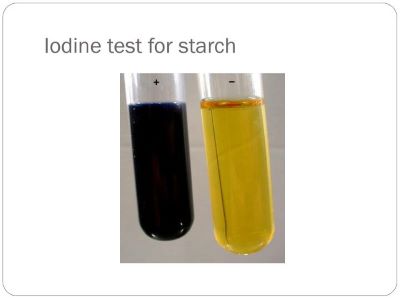
What test is this? what is it testing for? what color does it turn if +? Uses what metal?
Iodine’s test for starch. Turns blue/violet if +,
emulsion test for lipids:
uses ethanol: look for foamy precipitate
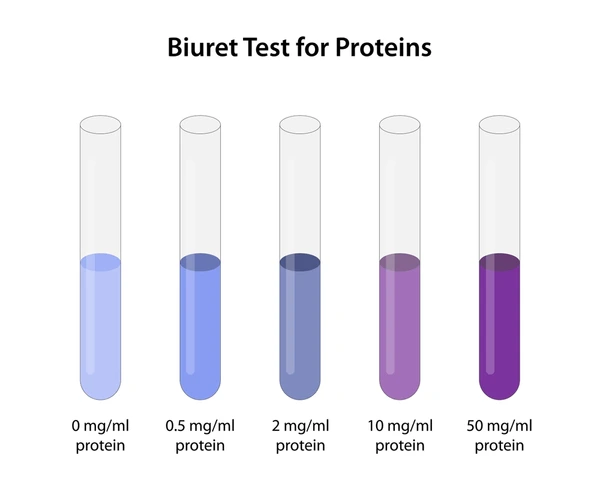
test name, colors
biuret test for proteins, blue to violet if positive